NoiseBlocker eLoop B14-PS Review
Introduction
NoiseBlocker eLoop B12-P fan was already a surprise considering its age. Now we are going to take a closer look at the B14-PS the 140mm 1200RPM quick spinning counterpart! Let's find out if they are just as good as the smaller ones!
Positive
- Very good Noise-to-Performance Ratio
- Good Max Performance
- Up to 70cm PWM extension included
Neutral
- Very specific design approach
Negative
- Cable could be better
What's in the Box?

The unboxing experience of a NoiseBlocker eLoop X resembles any other fan. A white box that contains everything you need.

Once unpacked, we will find the B14-PS fan, as well as a hand full of extensions.
NoiseBlocker made sure to allow these Fans to be installed inside really big cases, as they included a 20cm and a 50cm extension cord for both the ARGB and PWM signal. Therefore, you can extend the wire to a total of 70cm, which is significantly more than we've seen with other fans.

Additionally, you will not find the usual Fan screws, as NoiseBlocker used an innovative ( for our experience ) new method of installation, which will be explained in-depth in the installation segment.

The Box itself features significantly more in-depth information than we have seen so far. From Airflow in different measurement systems to used materials, everything is explained to the last digit. As this list may be a bit too long to include in this review, we summarized the most important specs down below.
| Name | NoiseBlocker eLoop B14-PS |
| Size | 140x120x29mm |
| Speed | 1200RPM |
| Airflow | 83CFM |
| Static Pressure | 1.08mm/H2o |
| Noise | <24.2dBa |
| Connection | PWM |
| Bearing | NB-NanoSLI® |
| RGB | - |
| RGB Control | - |
Installation

The installation method that NoiseBlocker includes with their eLoop is quite unique.
Instead of the ever-so "loved" self-threading screw, NoiseBlocker includes 4 M3 threaded rods, a couple of rubber nobs, and 4 M3 nuts.

4 of these rubber nobs should be pressed into the holes of the fans frame ( the side that will be on the inside of the case ) while the other 4 nobs should be pressed onto the threaded rods. Now, the rods can easily be slid through the fan whole of your case and through the fan frame, until they stick out on the other side. In order to permanently fix them, you can now screw in the nut from the other side.

This installation method comes with a couple of major advantages compared to what we are used to. Not only does this - not force you to apply any force, as mounting a big amount of fans can be (almost) counted as a fitness session, but it also makes sure that every screw is in evenly. Something that is not always granted, is a slight hick-up in the initial turn, and the screw will permanently be crooked.

But the most important advantage is that this does not create any damage to the fan's frame. Even if the thread created by a normal fan screw is not seen as actual damage, installing the fan multiple times, will eventually lead to a frame that is incapable of holding to another screw due to the repeated creation of threads.

This method, however, allows for potentially infinite installation attempts without any repercussions.
Once the Fan is mounted, connecting it is as standard as it gets. The PWM connection is available right at the frame. Therefore you need to use either the 20cm extension, 50cm extension, or both, in order to attach both connections to your mainboard.
Appearance
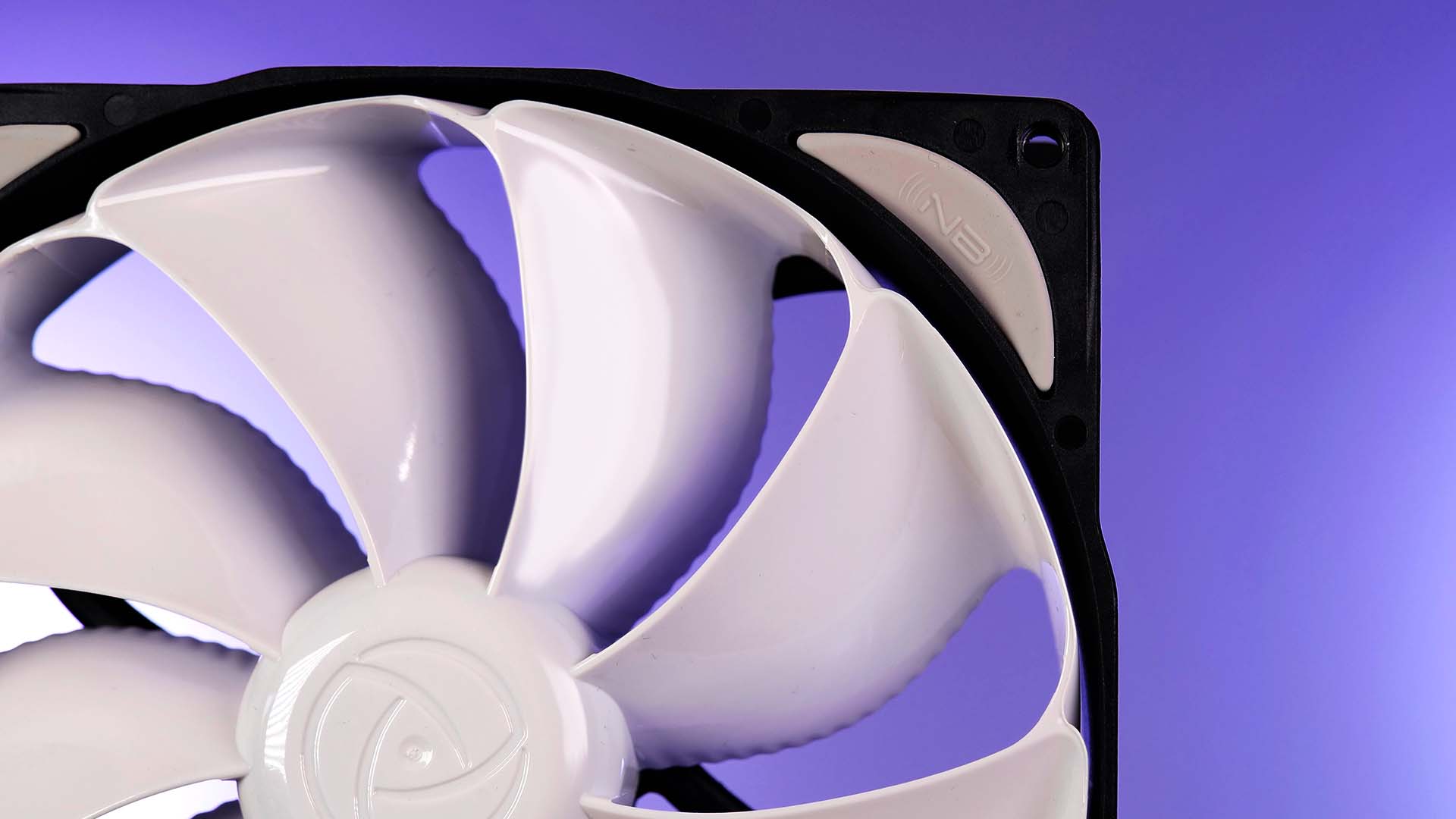
One of the most interesting aspects of the eLoop fan lineup is its design. While its glossy white finish is already something that immediately jumps to someone's attention, it's actually the functional design aspects that give it it's uniqueness.
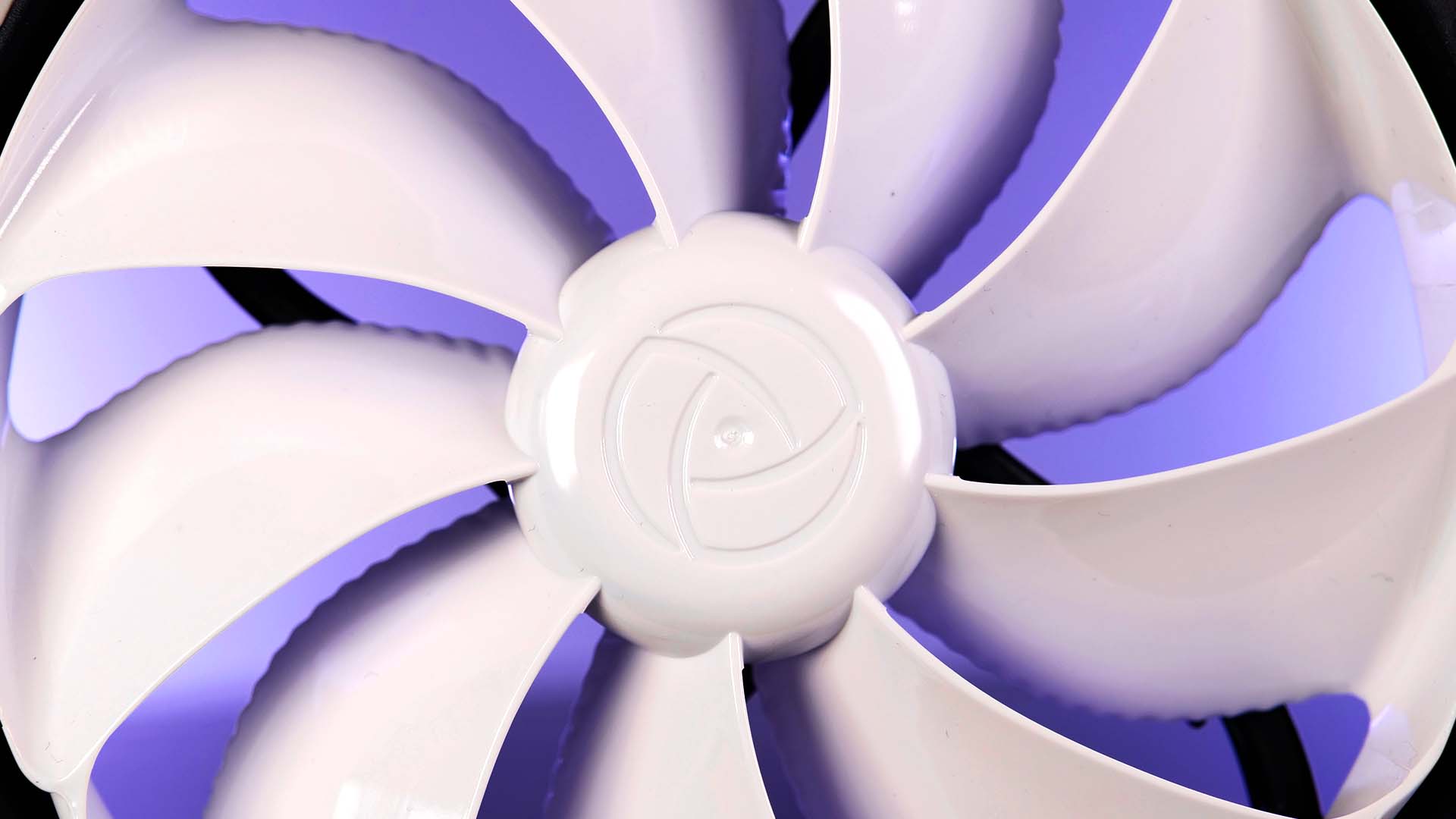
There are 9 slightly bent but extremely long and thick fan blades. However, contrary to basically any other fan out there, there is a ring around the fan that keeps all of them together.
At each connection point, the ring around the fan is slightly tilted inwards while the backside of each blade has little cut-ins.

If we chose to believe NoiseBlocker's website, all of these little features are Biometric inspired enhancements that are aimed to further enhance the fan's ability to perform as well as reduce the noise emission to a minimum. If and how well all of this turned out, will be seen in the benchmark section.
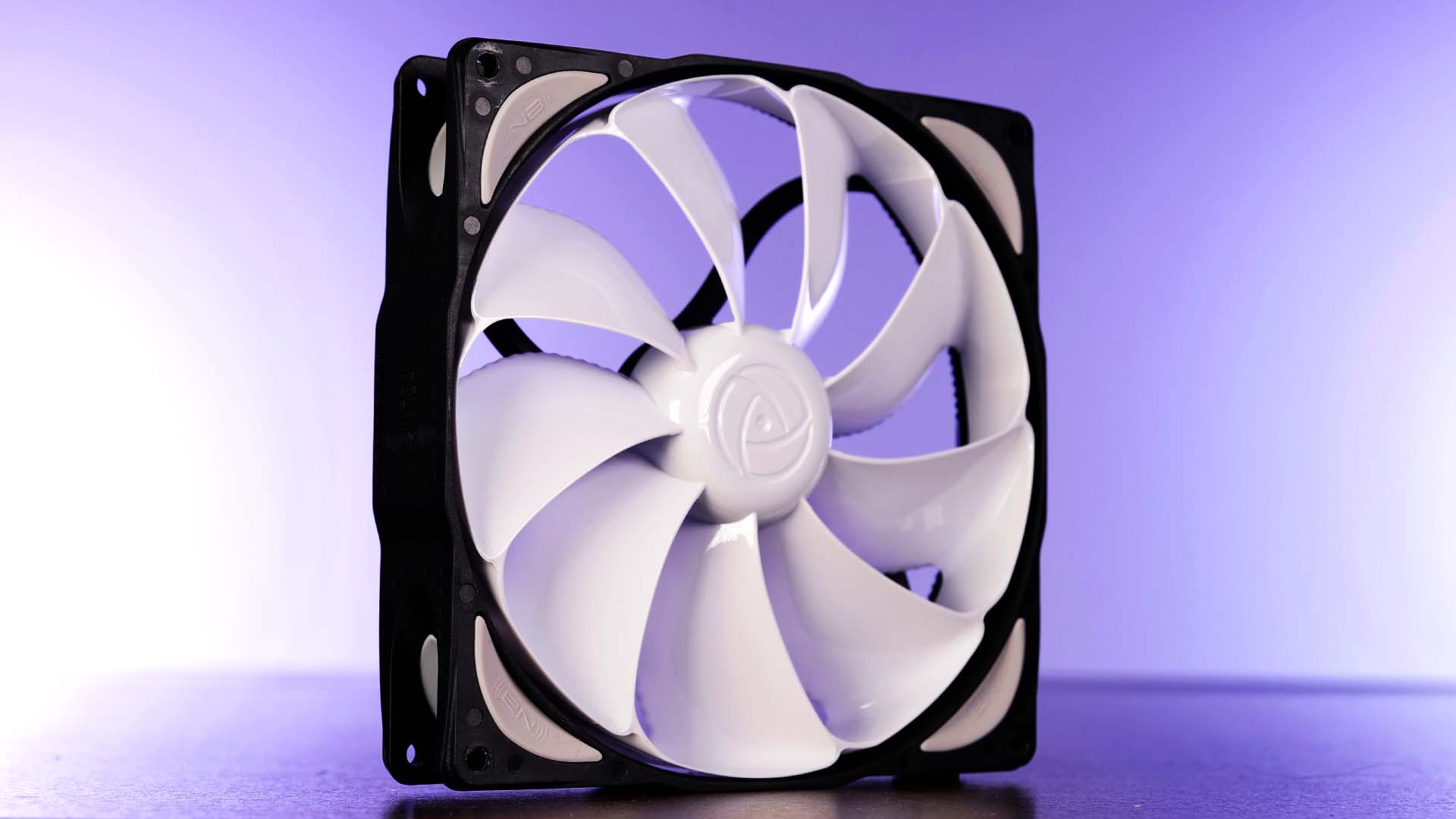
And as the last point, the fan frame is almost all black with some greyish rubber pads next to the fan's screw holes. This color scheme mixed with the all-white fan blades is definitely one of the aspects that contributes the most to its "outstanding-ness".

A quickly missed, yet very important aspect of the fan is its thickness. At 29mm thickness, the fan is a lot thicker than the usual fan you would find out there. It's also this added thickness that allowed the fan wings to be as thick as they ended up being making it easier to move more air at the same 140mm form factor. A similar approach can be found nowadays in Phantek's T30 Fan.
Benchmark

We tested the NosieBlocker eLoop B14-PS on our usual test bench. While letting the fan spin at its max 1200RPM, they managed to keep the CPU at 47°C above ambient. This places them just 1°C behind the 800RPM quicker spinning B12-P fans which is an incredible result.
Compared to other fans of a similar size, the comparison looks rather dull but incredibly interesting. Neither the Bionix F140 nor Light Wings 140 High-Speed was beaten by the B14-PS. However, the RPM difference between these fans is incredibly huge.

On the noise-to-performance graph, however, we can see the same magic that the B12-P fans already showed. While their max performance might not be outstanding, their ratio surely is. Compared to fans spinning at a relatively similar speed, such as the Light Wings 140 and Silent Wings 4 140 PWM, the B12-P wiped the floor with them, while spinning 300RPM faster than one of them or 100RPM slower than the other one.
Conclusion
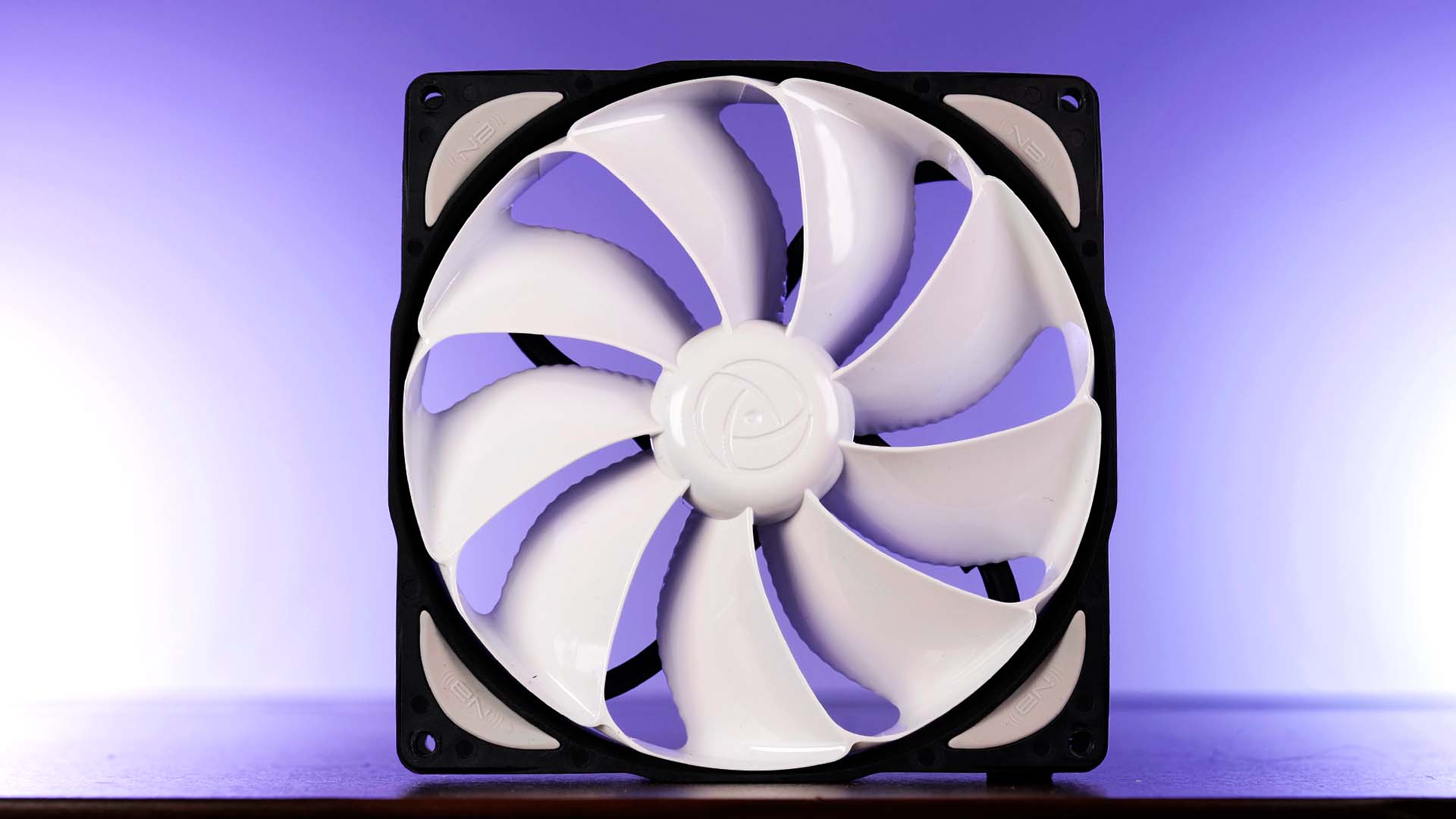
The conclusion of the eLoop B14-PS ended up being exactly the same as the B12-P counterpart.
Although not the best fans on the market, we believe they performed incredibly well. Especially considering their age. Being already a decade old, there are not a lot of fans that are actually able to keep up with their performance and noise-to-performance ratio.
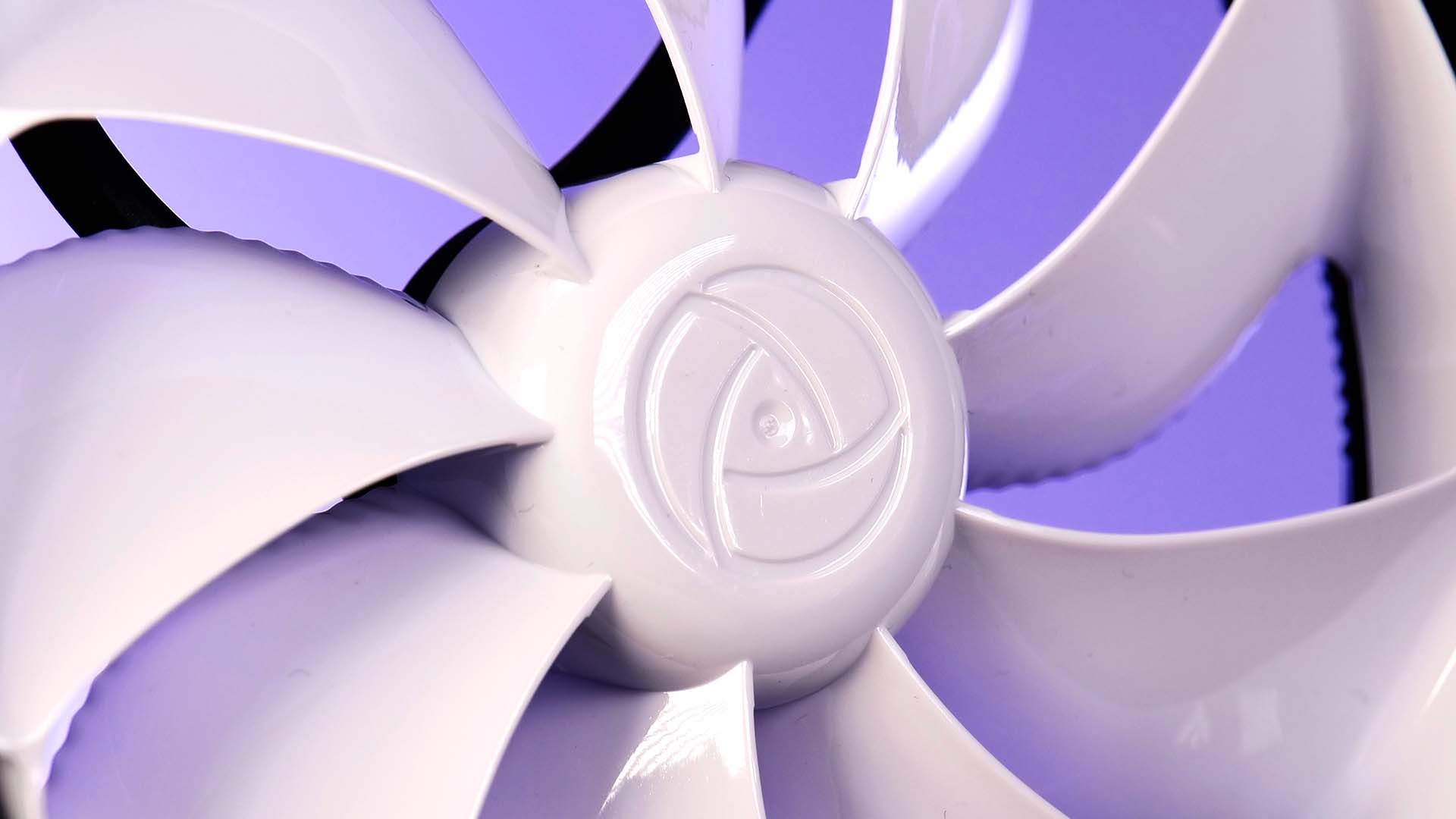
However, (also similar to our B12-P review), our benchmarks are not conclusive. NoiseBlocker fans are generally best used on a radiator which is a heavily static pressure-focused job. For this reason, we will obtain from drawing an actual conclusion until we thoroughly tested them on multiple radiator use cases.

If however, you are planning to use them as case fans, we can reassure you that they are doing a very good job. They might not be the best on the market, but for a decade-old fan, they are definitely impressive.

The only negative aspect that we would like to include is the fact that the PWM cables are visible at all times looking from the back. Due to the fan's already very special color and design choices, we found that this was rather off-putting and we would prefer if NoiseBlocker made sure to rubberize the cable until it enters the motor. That way, none of the Ketchup-and-Mustard cables would be seeable.

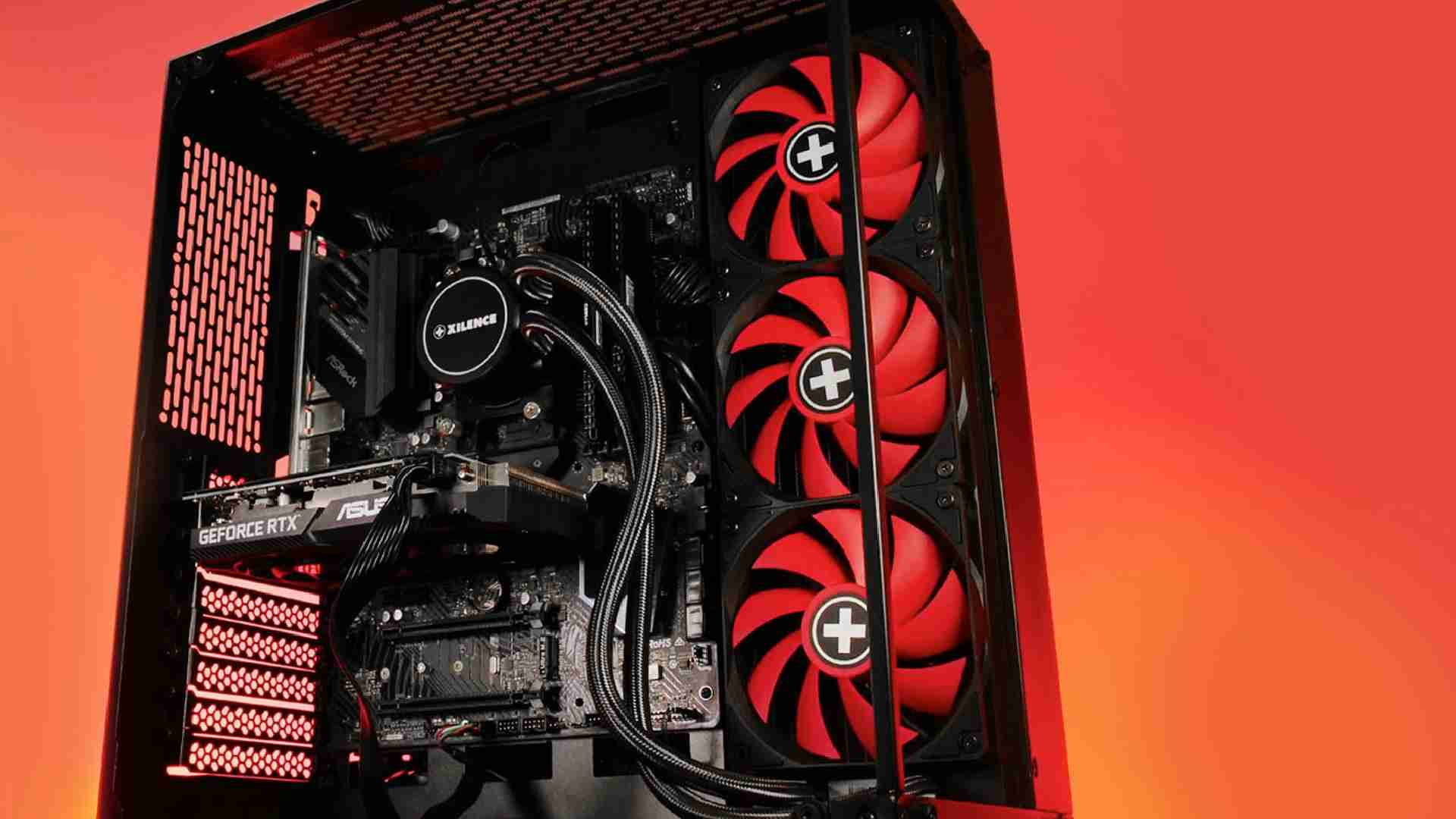
Xilence LiQuRizer LQ360 Review
Featuring their Redwing Fans, Xilences LiQuRizer promises to be both a powerful cooling machine and a retro-look with actual
Read More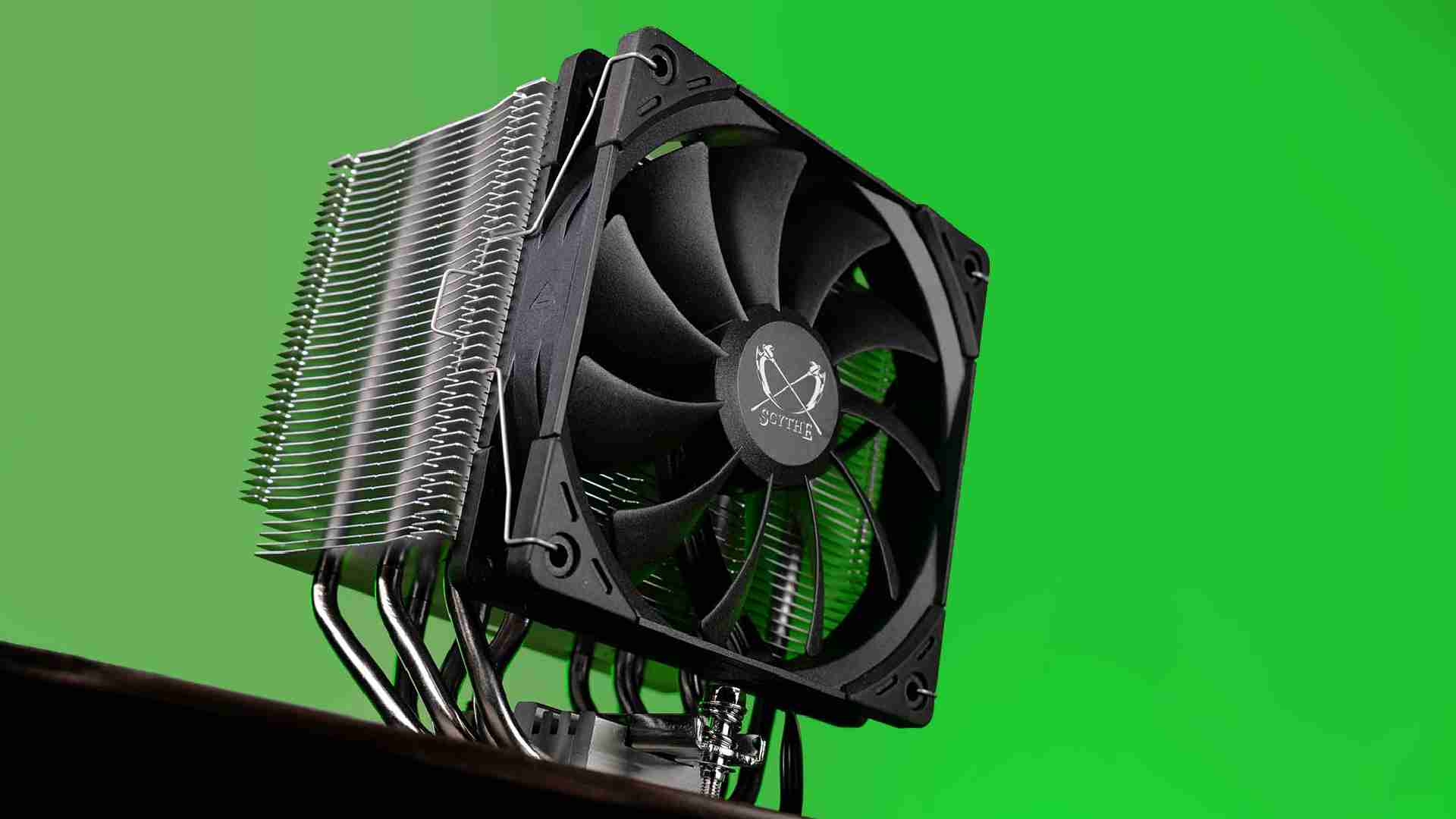
Scythe Mugen 5 Rev. C Review
The Scythe Mugen 5 seems to be the ultimate cooler! Dual-tower-like performance in a surprisingly low build height. Added to
Read More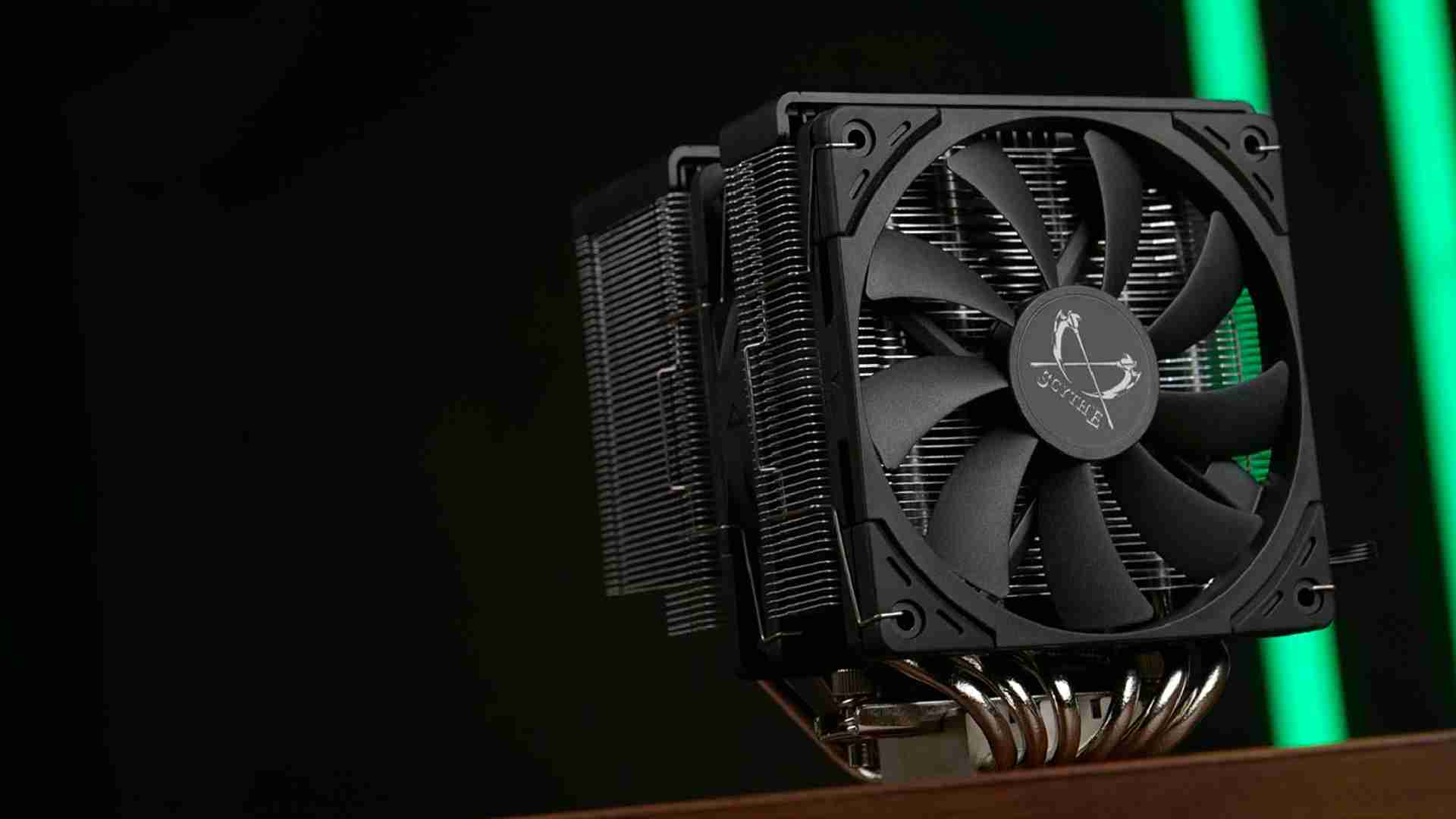
Scythe Fuma 3
With the new Scythe Fuma 3, Scythe just updated their Fuma 2 Rev.B to meet the newest performance standards! But is it really
Read More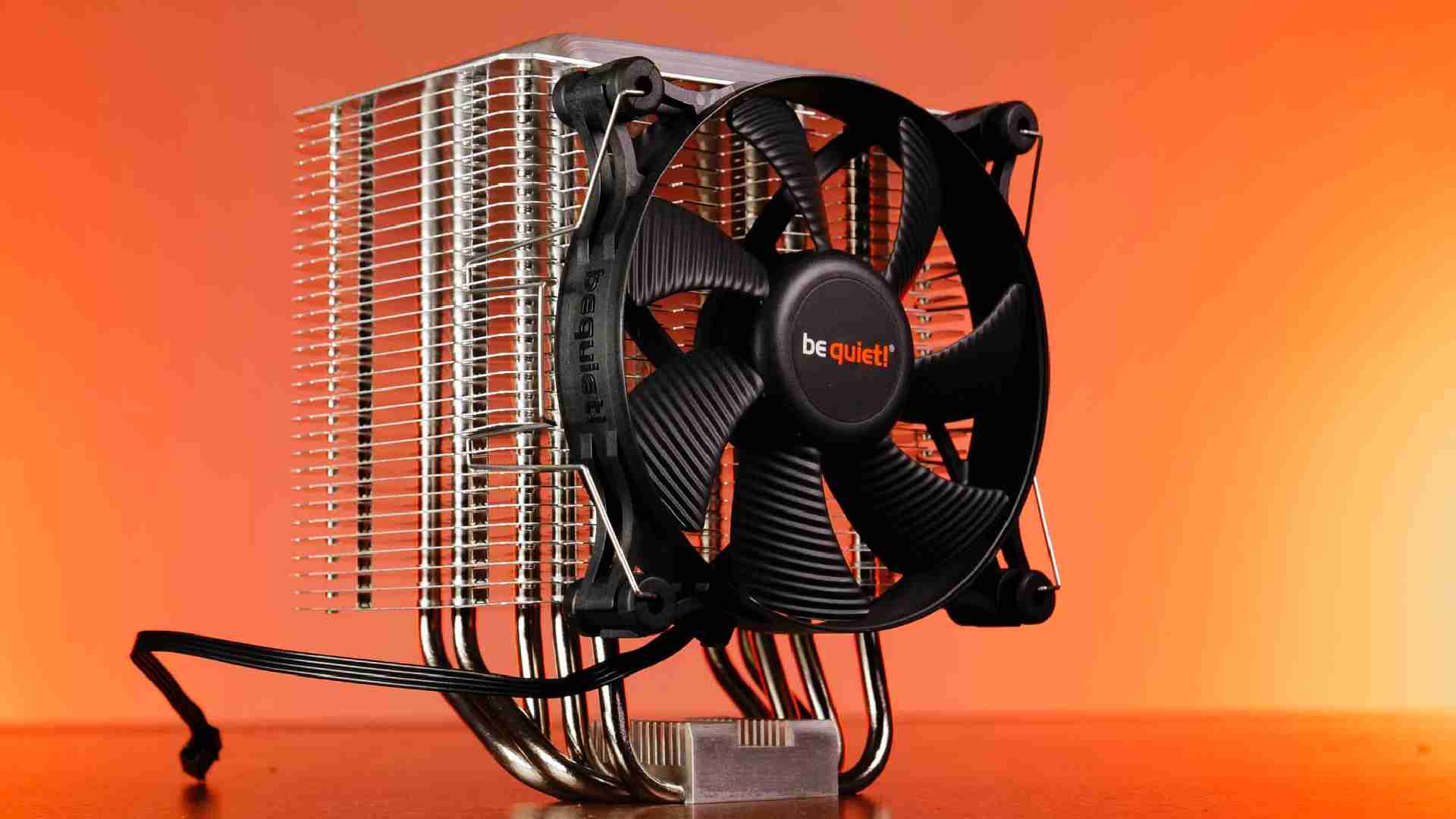
be quiet! Shadow Rock 3 Review
In this review we will have a closer look at be quiets Shadow Rock 3, a Air cooler which is supposedly part of be quiets mid-
Read More